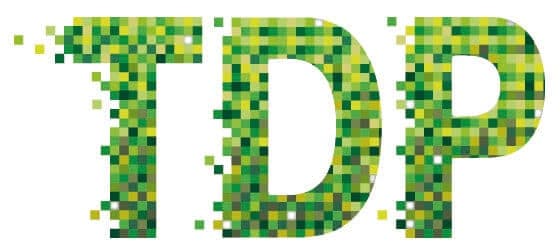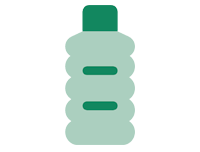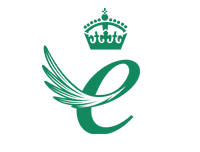Something revolutionary
If we are to reverse the effects of climate change, it is essential that we transition from a linear economy to what the Ellen McArthur Foundation describes as a circular economy.
A circular economy differs from a linear economy, which typically has a take, make, waste approach to supply chain activities.
Instead, it sees materials and resources kept within the value chain through sharing, leasing, reusing, repairing, refurbishing, and recycling existing materials and products as long as possible.
This helps reduce instances of marine pollution and deforestation.

Micro Plastics sample analysis
Specialist equipment on board a ship in Antartica was used to analyse sea water and measure levels of microplastics.
A circular economy is based on three principles, driven by design:
- Eliminate waste and pollution
- Circulate products and materials (at their highest value)
- Regenerate nature
To round it all up…
TDP is committed to embracing the principles of a circular economy by using recycled materials and keeping our products in use for as long as possible.
Our products are designed and manufactured with zero waste in mind with everything from our carbon footprint to energy usage considered.
We are continually looking for new ways to integrate more circular economy practices into our business operations.




